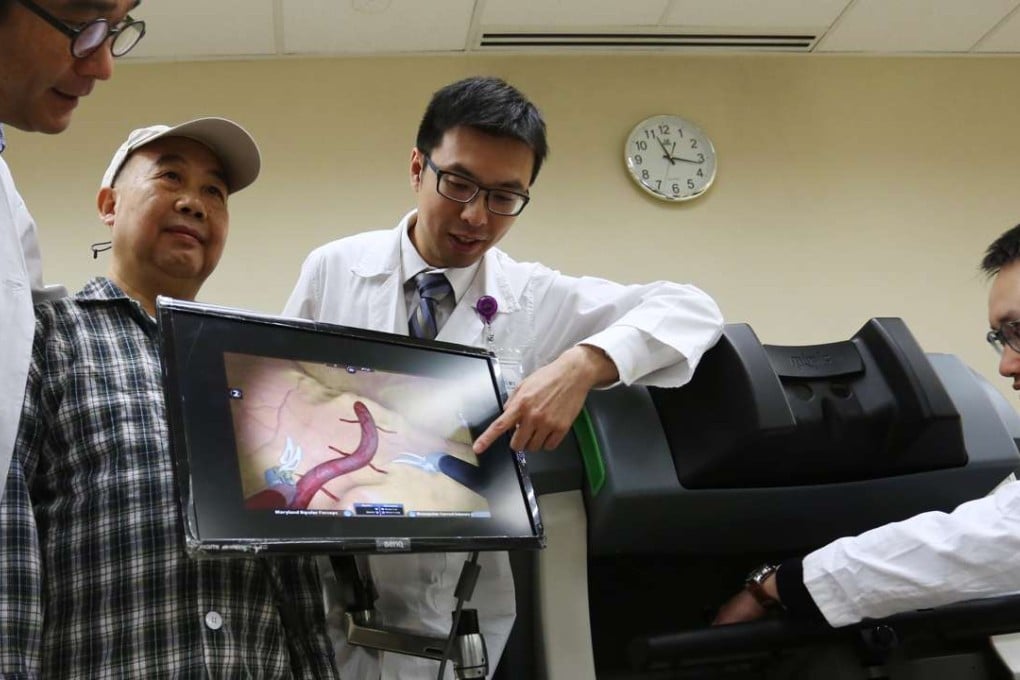How robotic arm technology can improve heart surgeries in Hong Kong
Doctors say procedure is less invasive with a mere 4cm incision to side of chest; number of heart operations set to increase with ageing population

In a first for Hong Kong’s public hospitals, surgeons at Queen Mary have applied robotic arm technology to heart surgeries, offering numerous benefits such as an almost invisible wound and a greatly reduced chance of complications.
Limited resources meant only one slot was available each month for the cutting-edge operation, but doctors hope the practice will gain prevalence in the future amid an ageing population.
The robotic technology is available in other public hospitals, but not used on heart surgeries.
Traditional open-heart surgeries involve cutting open the middle of the chest and the sternum with an incision as long as 25cm. Not only does the method leave a visible scar which takes up to 10 weeks to heal, movement will be limited, preventing patients from carrying any heavy load during recovery.
Consultant surgeon Daniel Chan Tai-leung revealed that apart from the slightly longer operation time, robotic arm surgery did not require additional resources or manpower.
“What’s worth noting is that the robotic arms were remote-controlled from another room, with the help of 3D cameras. The images are even better than that of a 3D movie,” he said.